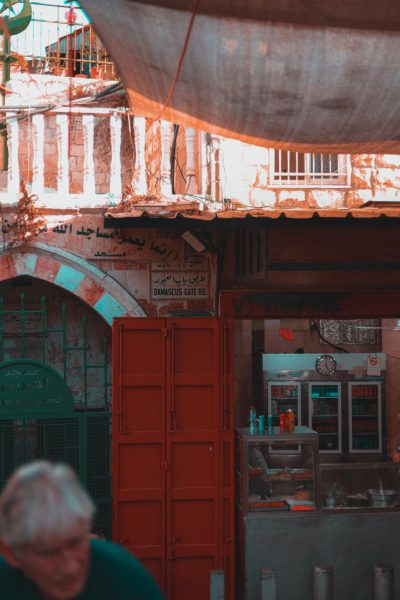Sites With Mike: Kyoto, Japan
Japan, a nation composed of islands and located to the west of China, is a favored tourist attraction for many reasons. From its untamed mountains, rolling hills, and extraordinary seashores, Japan is a land sure to enthrall anyone who visits. Japan is just as famous for its small towns as it is its large and sprawling cities. Among these cities is Kyoto, a city packed with fascinating secrets and history. The beautiful city of Kyoto is known for housing Kiyomizudera Temple, the world famous restaurant Hyotei, and the historical district of Arashiyama. Kyoto is the third largest city in Japan, and one of the oldest as well. According to Columbia.edu, Kyoto was officially established as a city in 794, and its original name was Heian. In 1185, Heian was renamed Kyoto, which means ‘capital city’ in Japanese, and it kept this name even after Tokyo became Japan’s capital city.
According to Japan Guide , Kiyomizudera was established in 780 on the site of the Otowa waterfall, in the wooded hills of kyoto, and was named the “Pure Water Temple” because of the fresh water that flowed from the Otowa waterfall. Kiyomizudera has for centuries been central to Japanese history. The temple dates back to the days when Kyoto was still called Heian, and when it was Japan’s capital city. Kiyomizudera was once affiliated with the Hosso Sect, one of the oldest Buddhist schools in Japan. Today, Kiyomizudera is most famous for housing a wooden stage that protrudes from its main hall. This stage, like a large portion of the temple itself, was built without the use of nails. The wooden stage rises about forty two feet above the ground, and bestows upon those who visit the stage a beautiful view of the maple and cherry trees below. Like Most of Japan, travel to Kiyomizudera is most popular in the spring, when cherry trees all over Japan start to blossom.
Kyoto is world famous for hosting a number of historic restaurants, including the likes of Hyotei. This traditional Japanese restaurant was established over 400 years ago and has stayed in the same family for fourteen generations. Hyotei serves an exquisite balance of traditional Japanese cuisine along with international cuisine. “Japanese food is a combination of diverse cultural aspects” says Eiichi Takahashi, who owns Hyotei. Hyotei serves up a variety of fish, which is central to traditional Japanese cuisine, as well as tofu, shojin ryori (a Japanese vegetarian Buddhist dish), and a number of Kaiseki dishes. In addition, Hyotei also serves up Japanese desserts, such as Namagashi and Anmitsu.
Kyoto is a city with no shortage of classy neighborhoods and districts. Perhaps the most well known of these neighborhoods is the district of Arashiyama. According to Japan Guide.com, Arashiyama is located in the western part of kyoto, in the outskirts of the city. This district has been popular among Japanese nobles since the days of the Heian period, which lasted from Kyoto’s establishment in 794 to 1185. During this time, Japanese social elite would frequently flock to Arashiyama to marvel at its beauty. Today, centuries after the ending of the Heian period, Arashiyama still remains a popular tourist destination. Many who visit travel during the spring to see the cherry blossoms that Japan is famous for, or in the fall to see the beautiful foliage that Japan is also quite well known for. Besides the cherry blossoms and fall foliage, Arashiyama is also famous for housing the Togetsukyo Bridge, which is Arashiyama’s central landmark. A number of shops and restaurants surround the bridge, and from these places, one can enjoy a splendid view of the Togetsukyo Bridge.
Japan may be famous for its rugged mountains, its small villages, its historic temples and beautiful beaches, but cities like Kyoto should not be easily overlooked. Kyoto has for centuries been a very popular tourist destination, and it is easy to see why. From its elegant districts like Arashiyama, its historic, family run restaurants like Hyotei, and its historic temples such as Kiyomizudera, Kyoto is sure to beguile anyone who visits.











